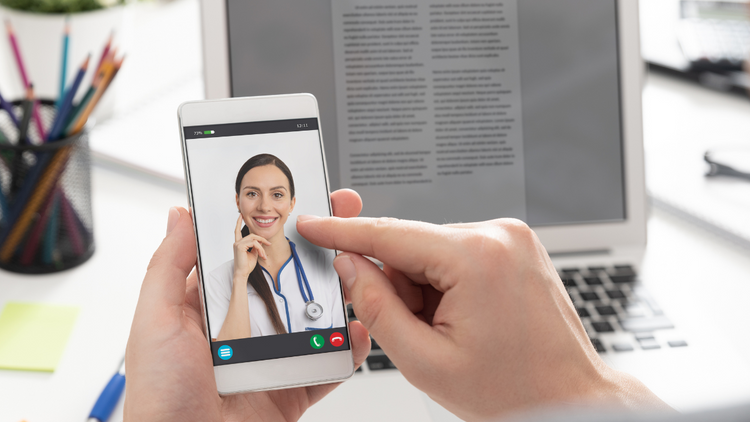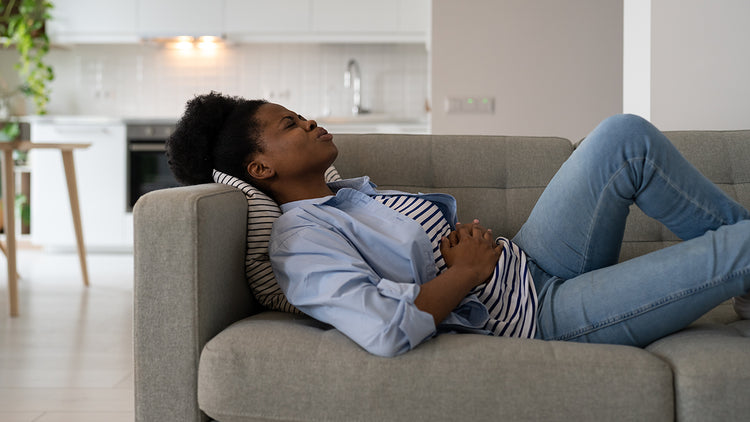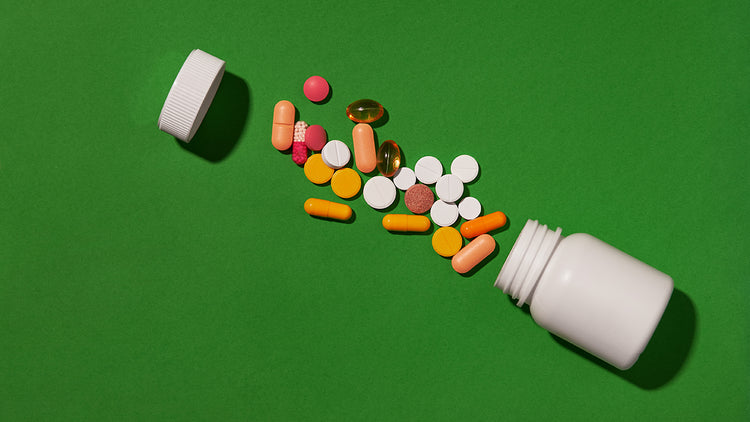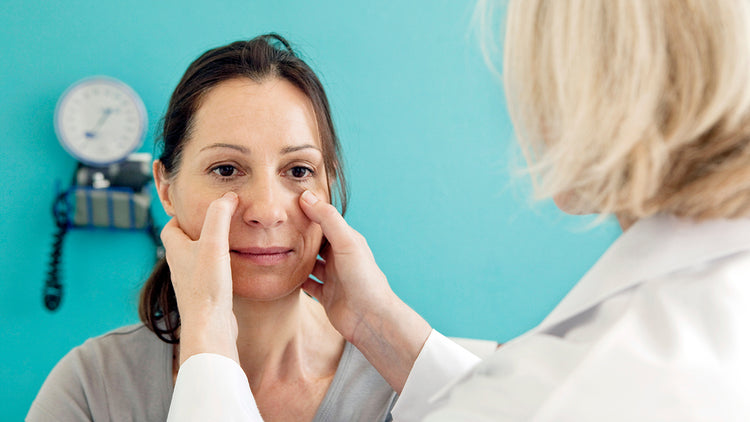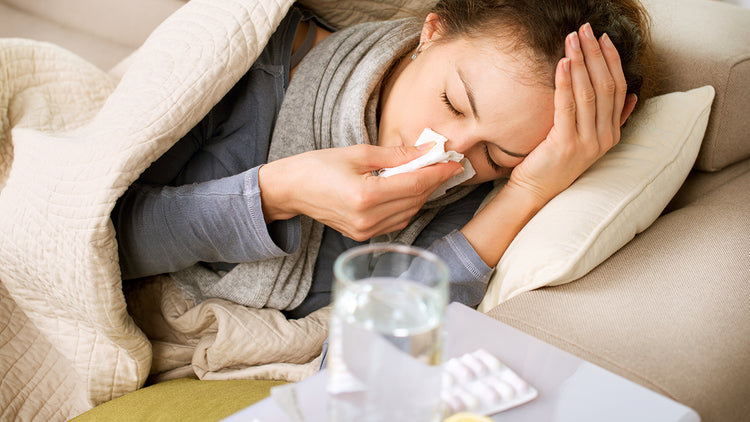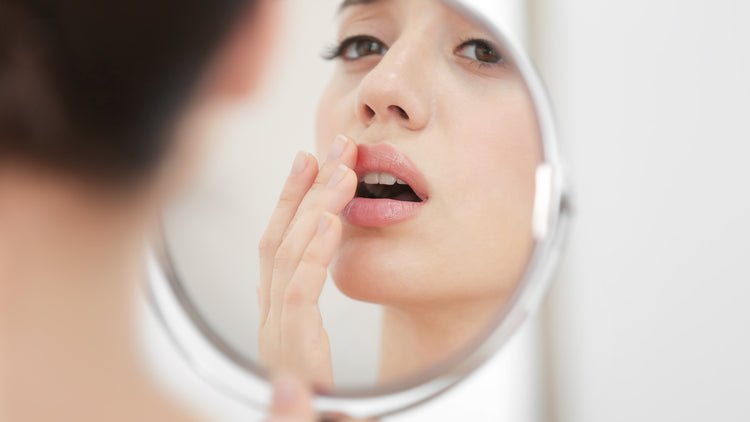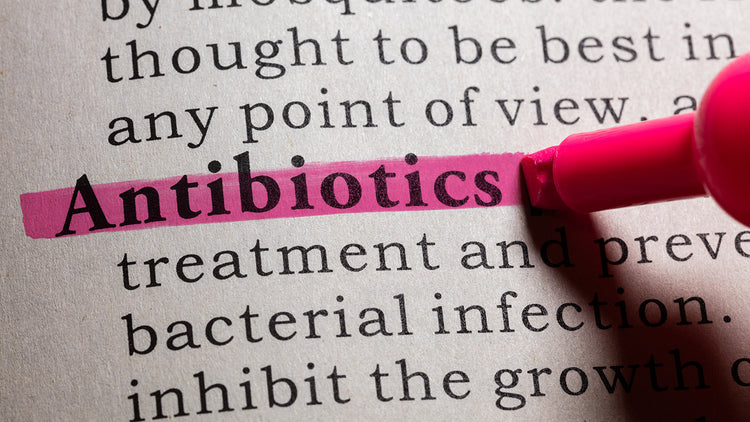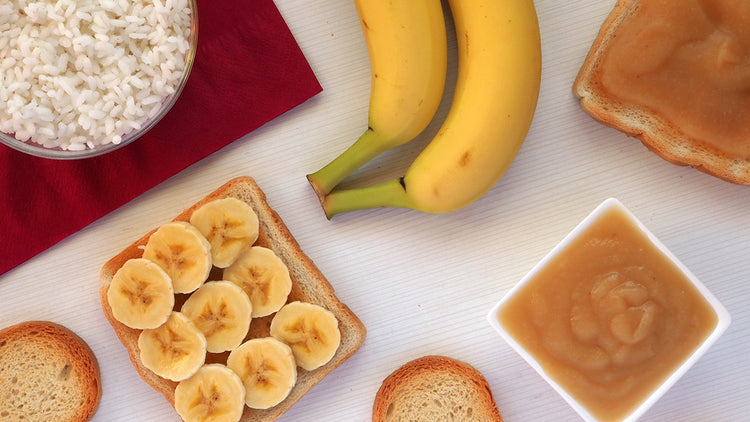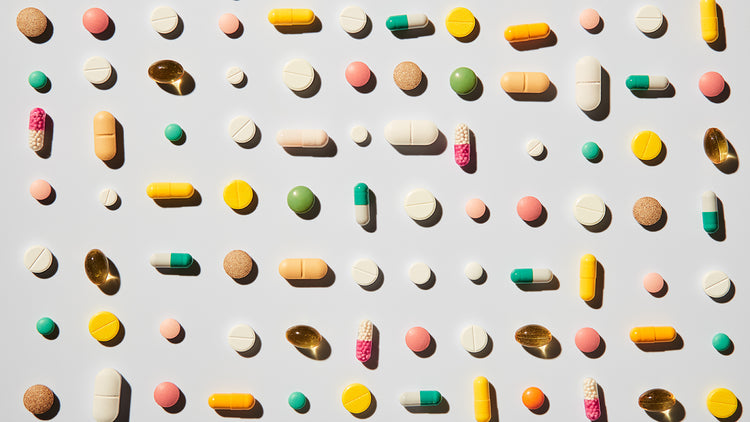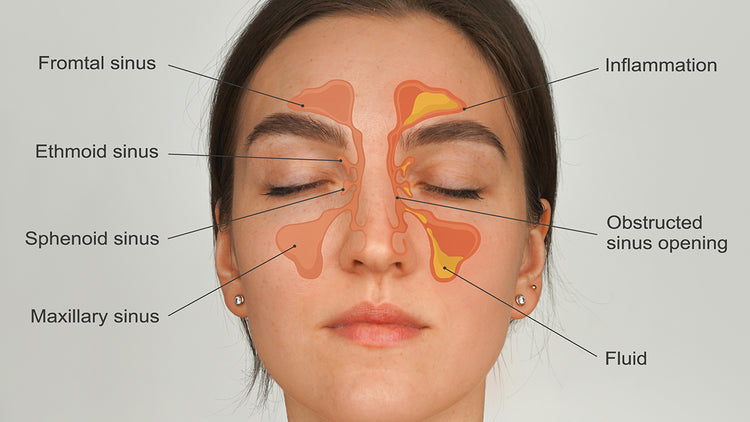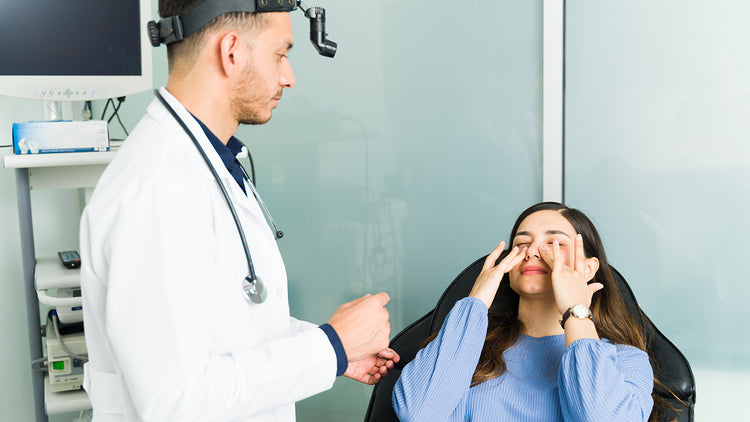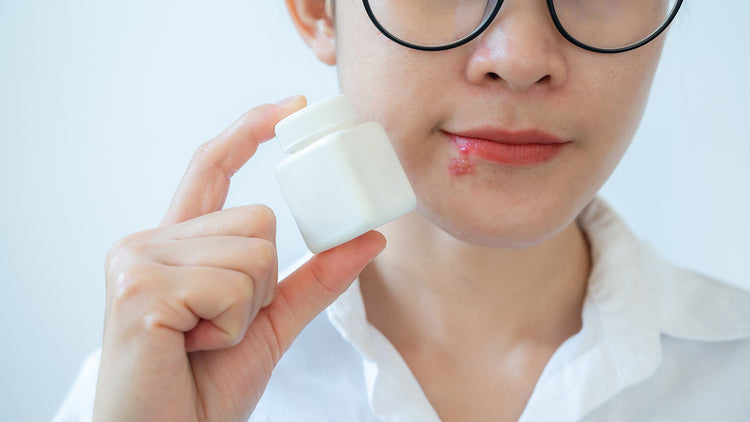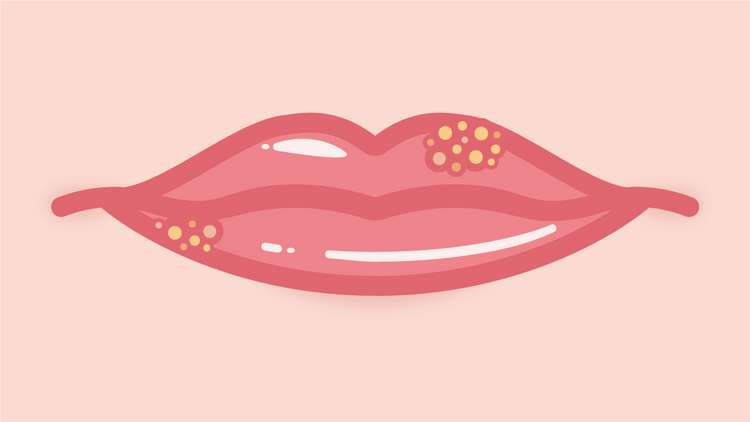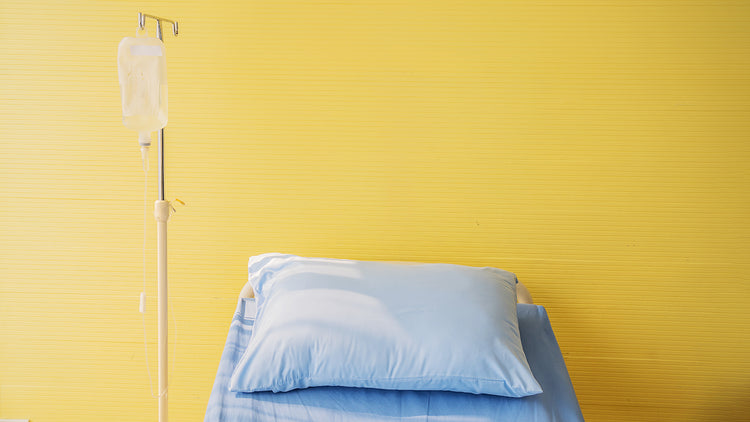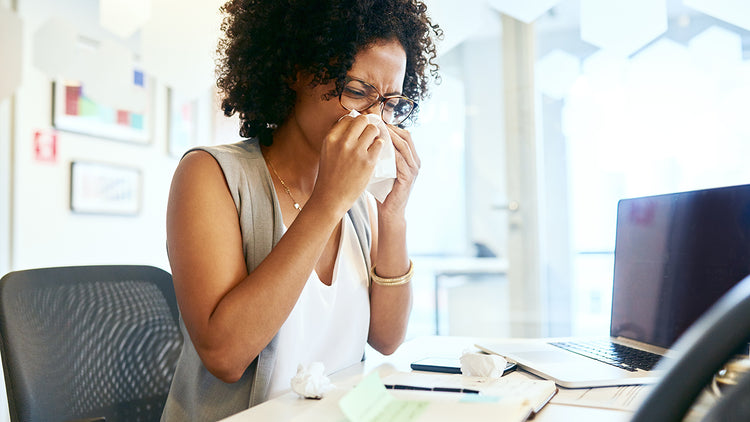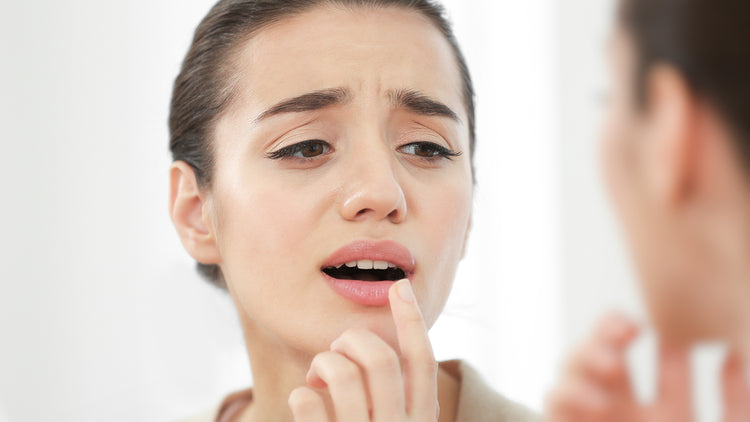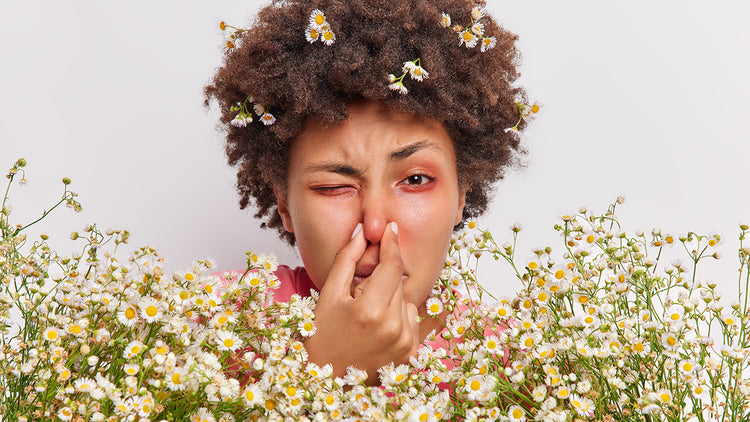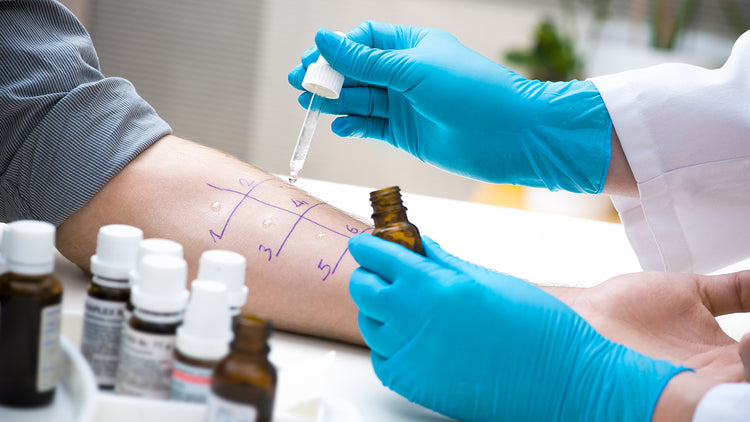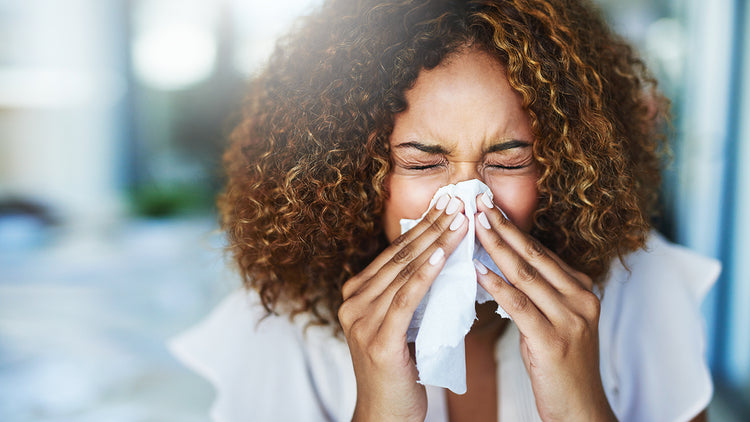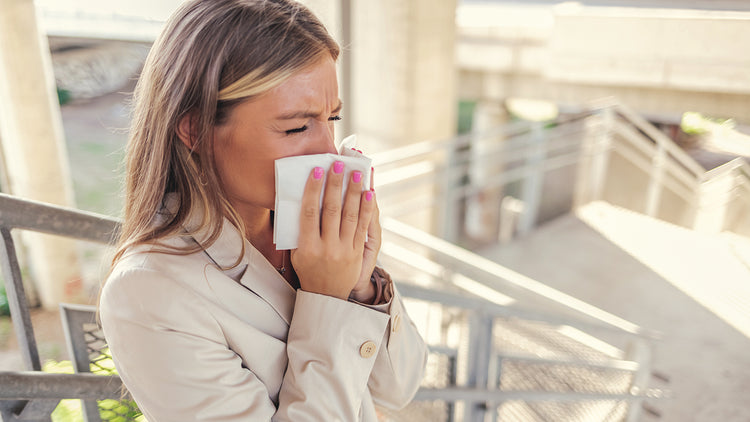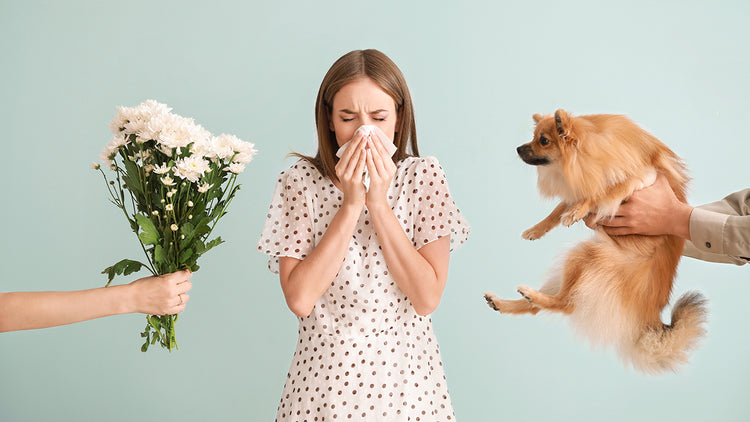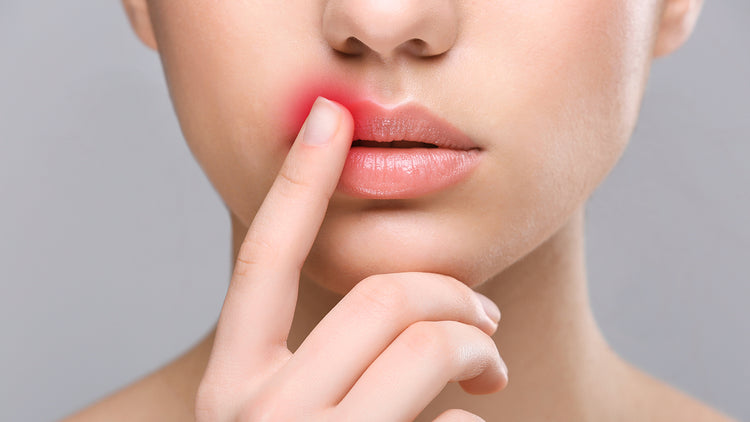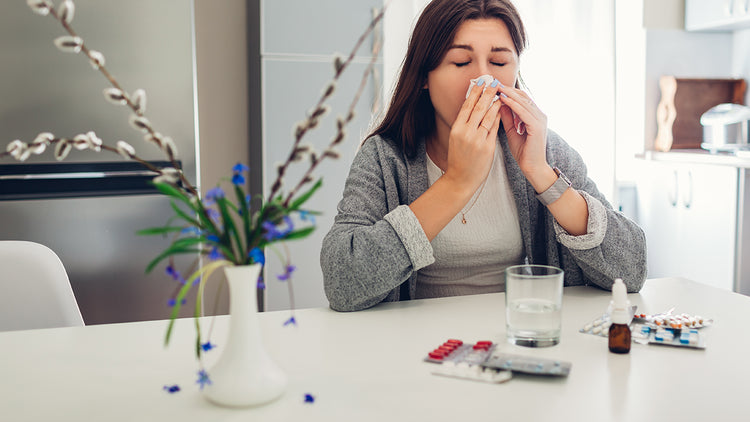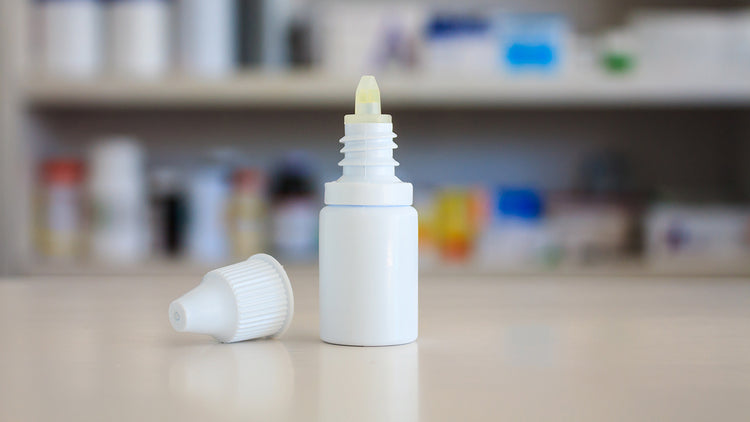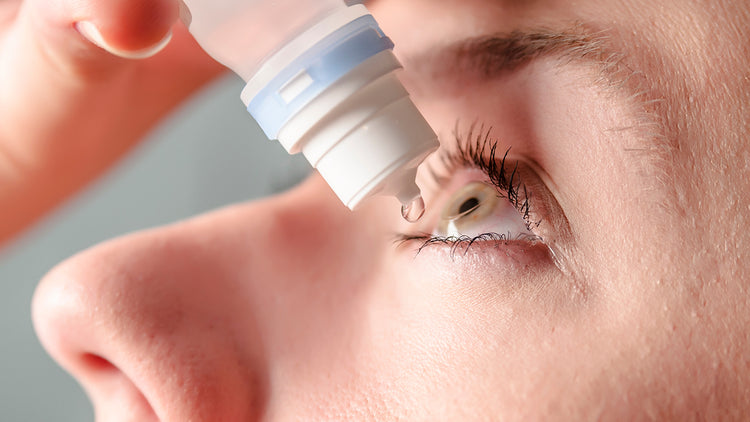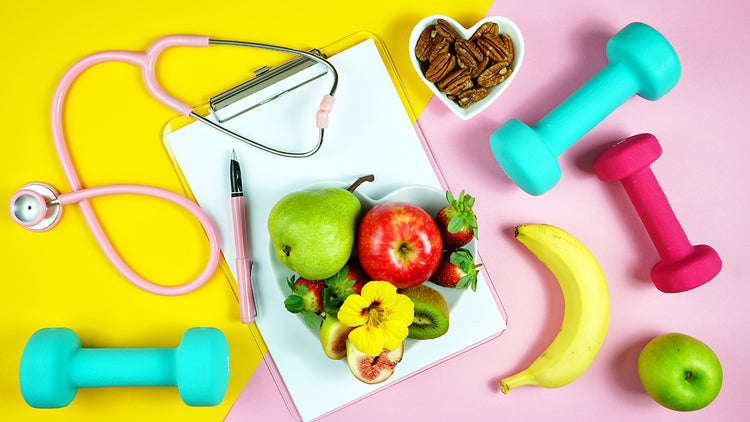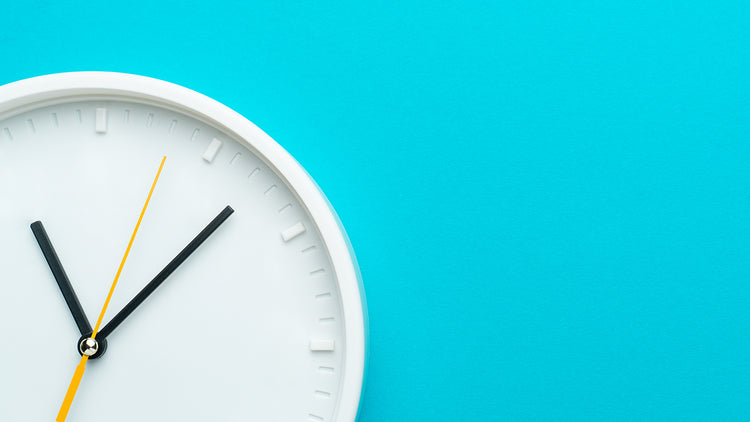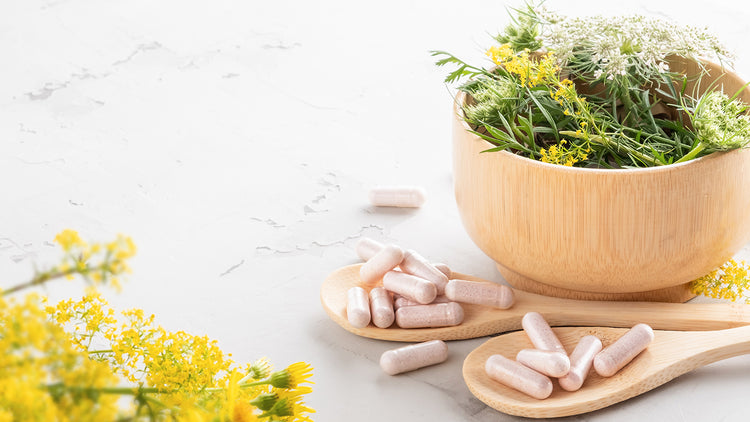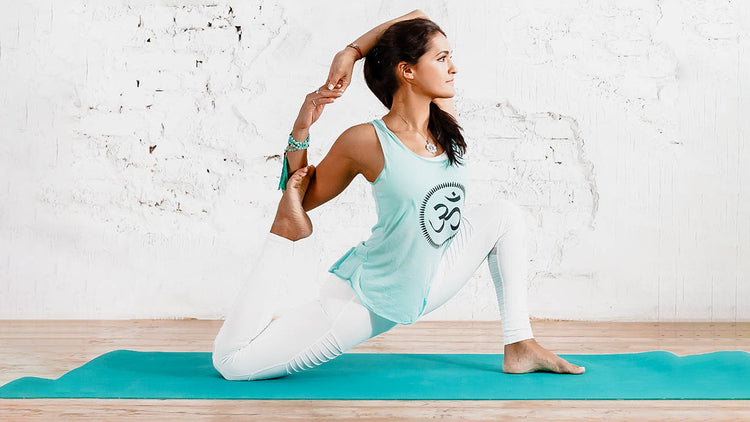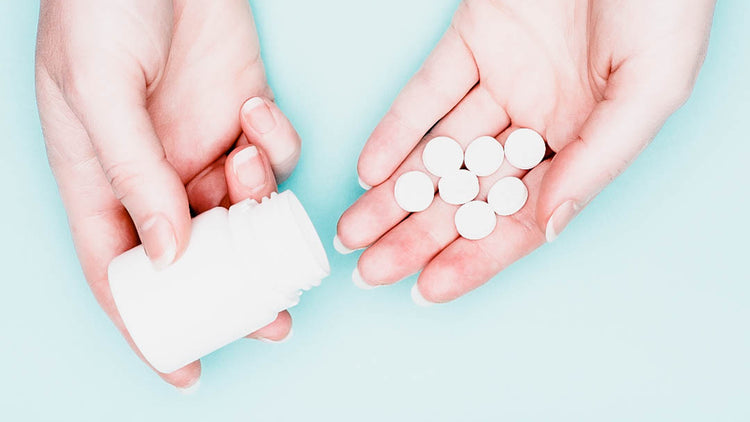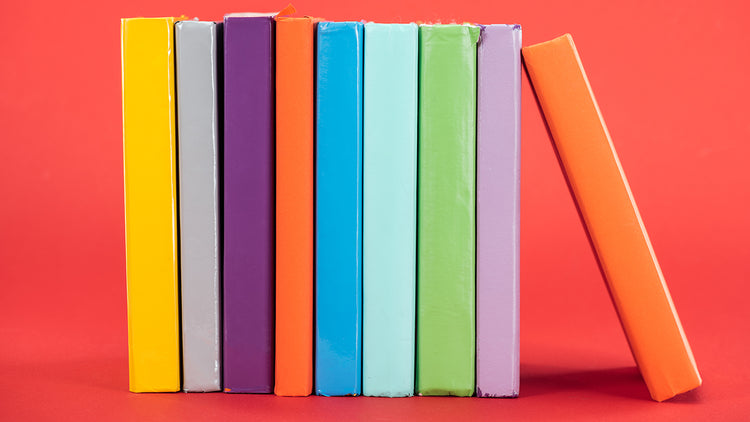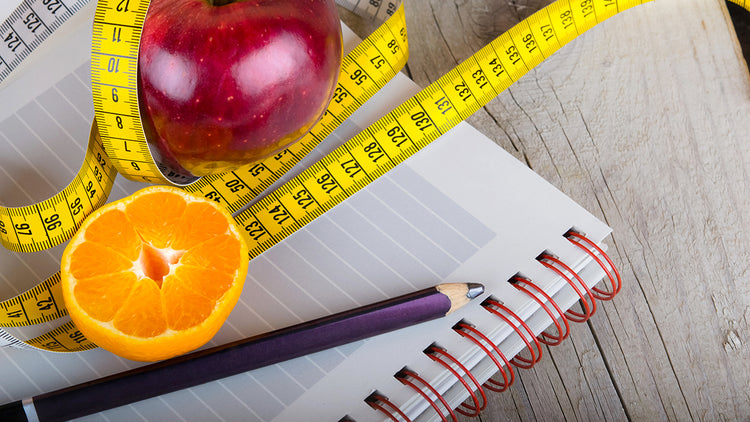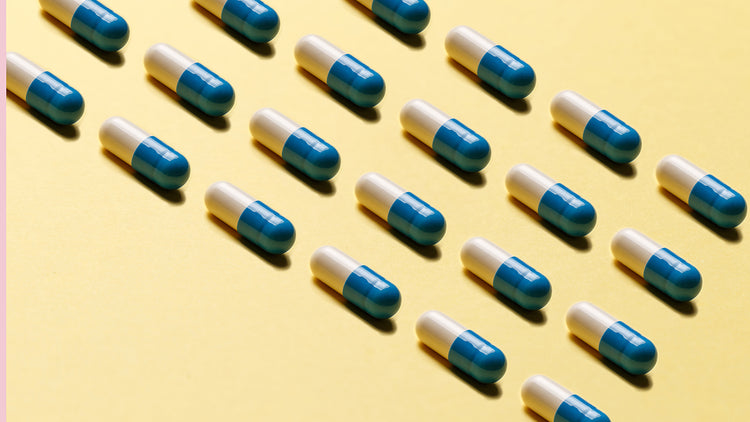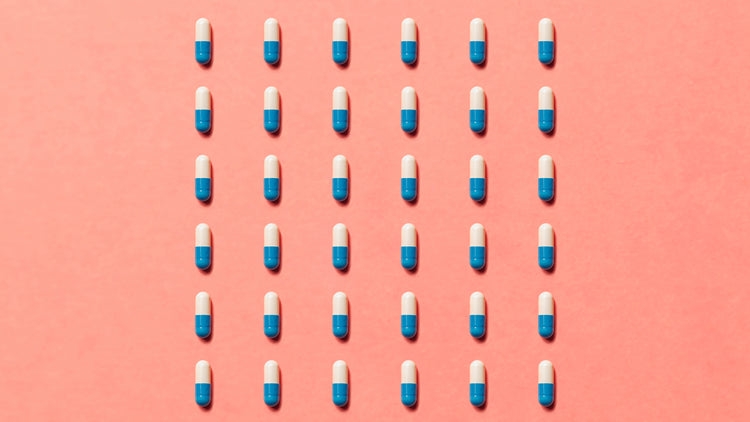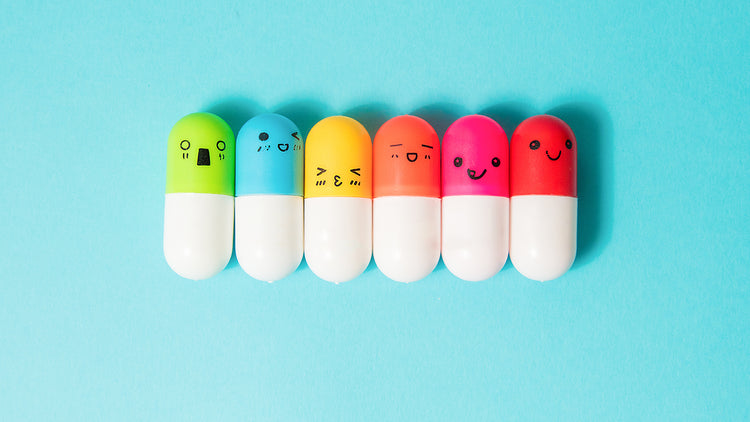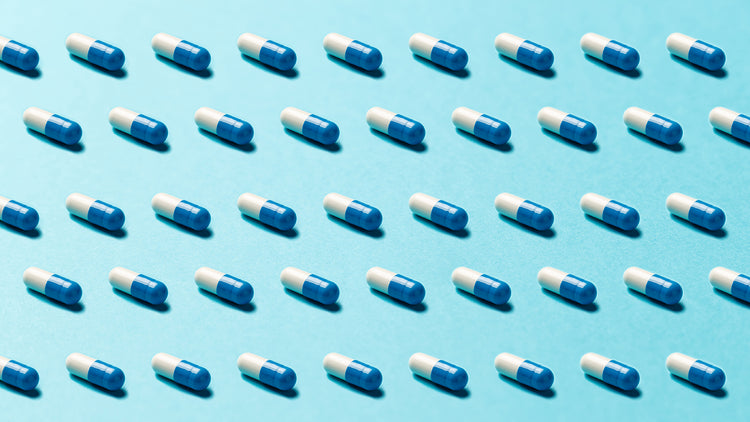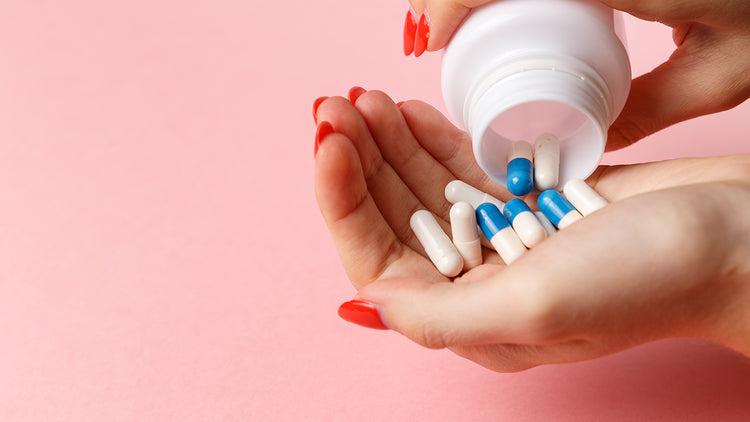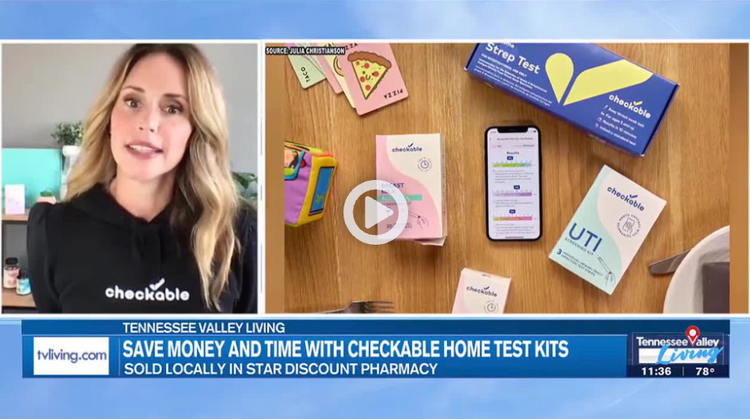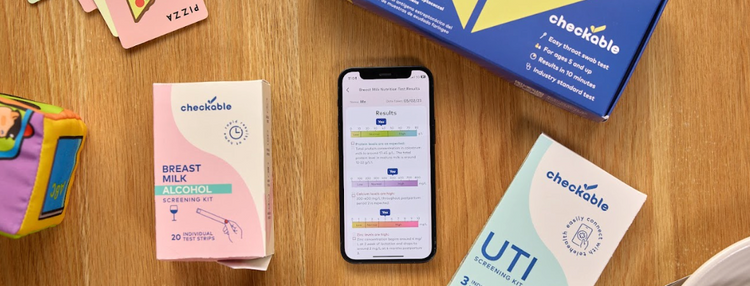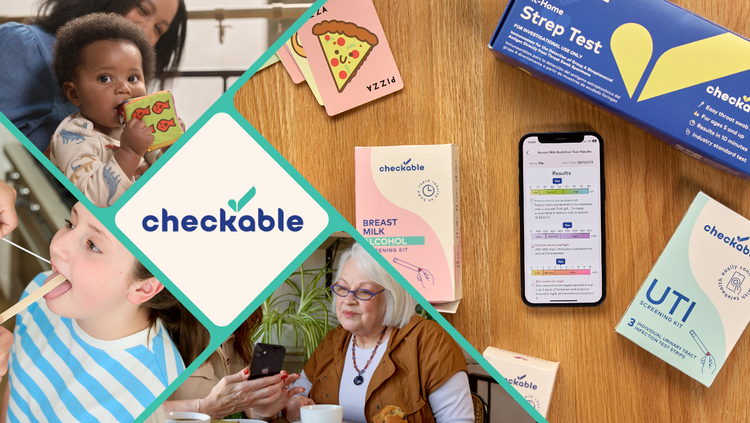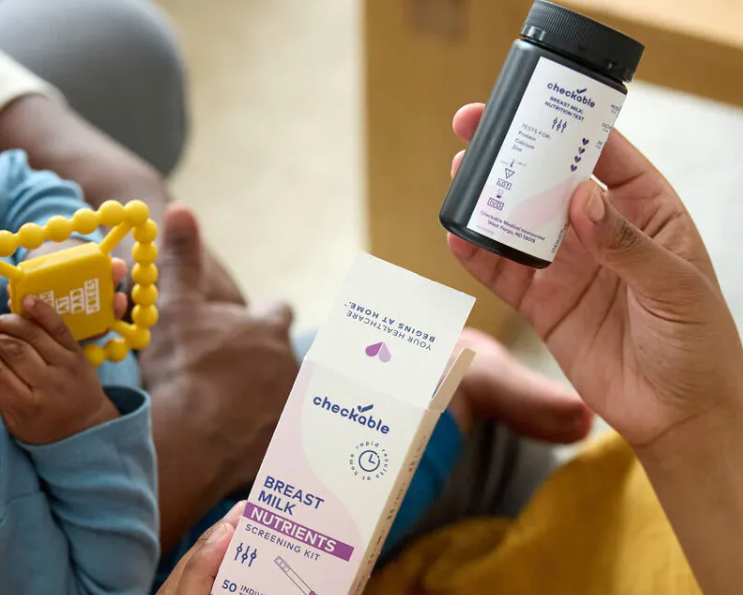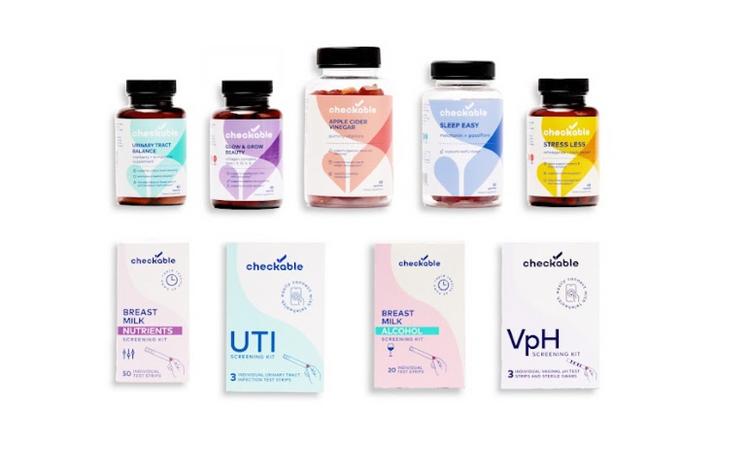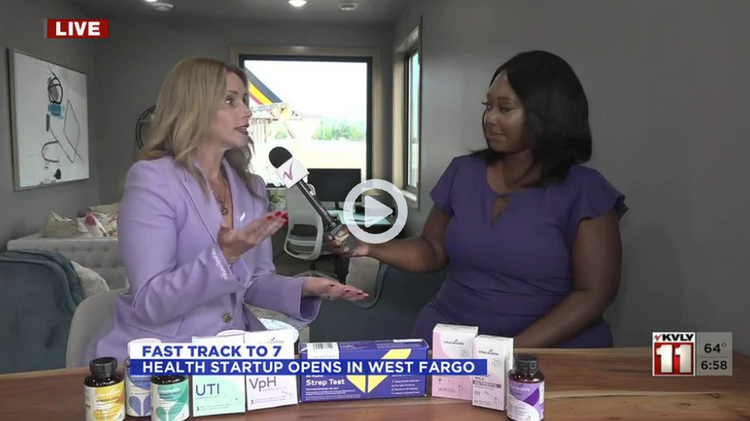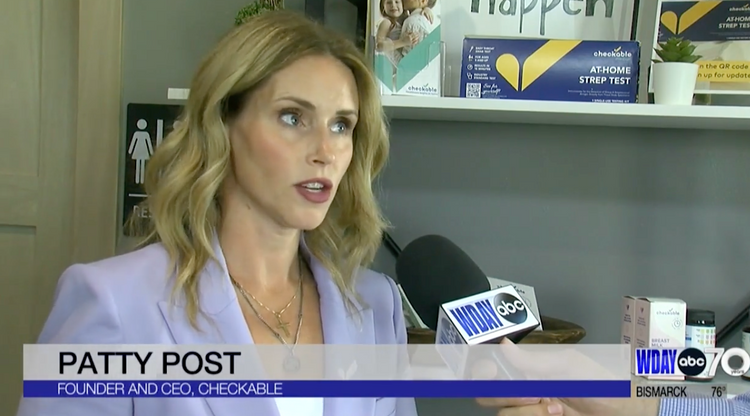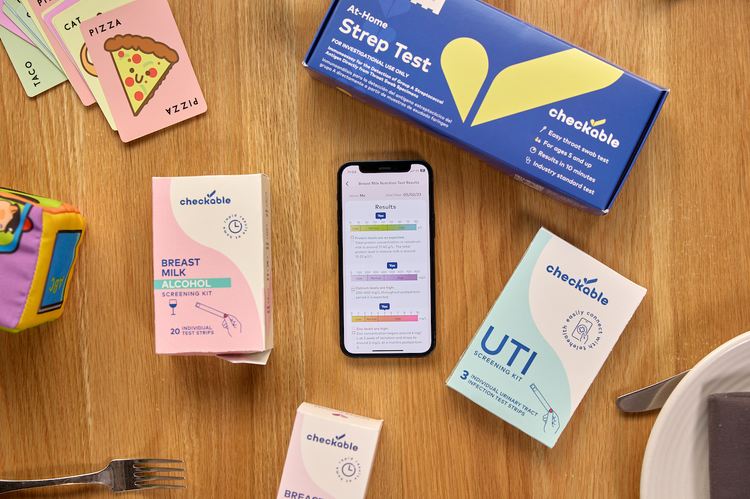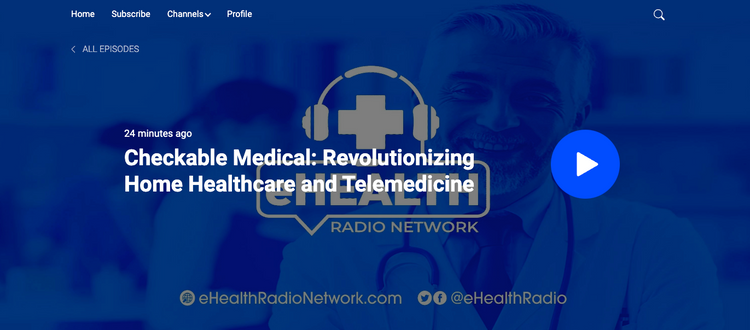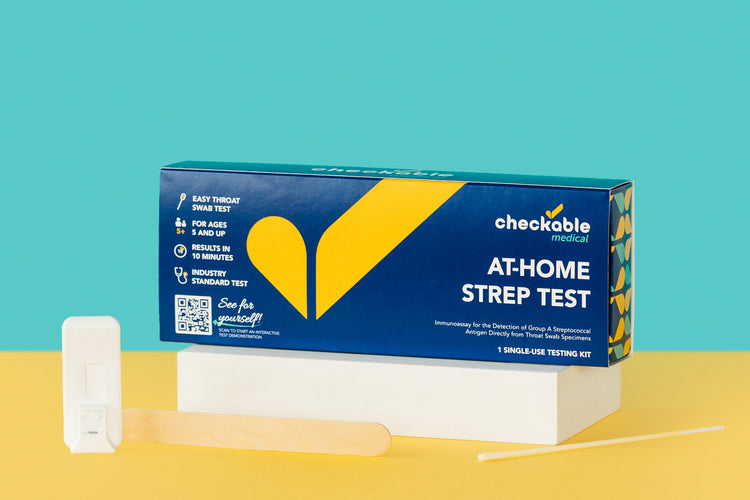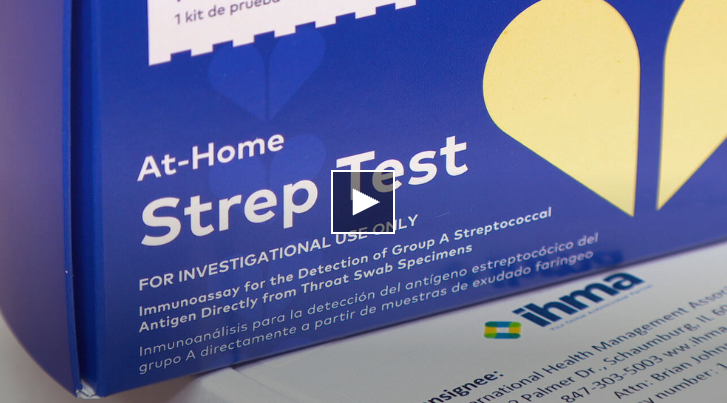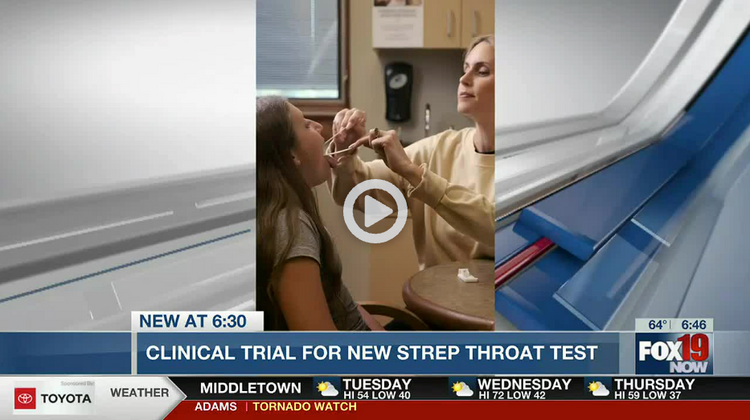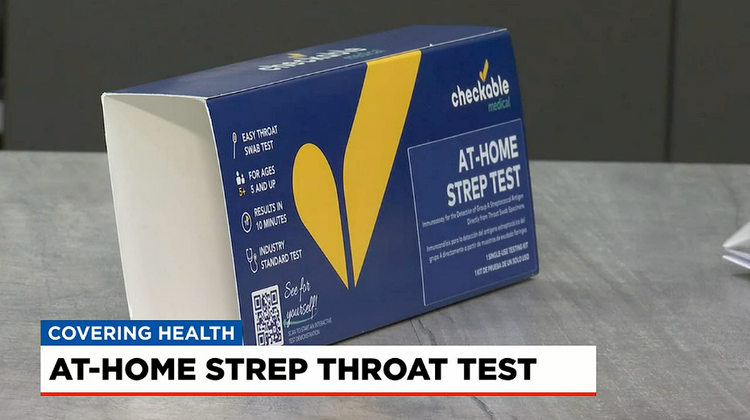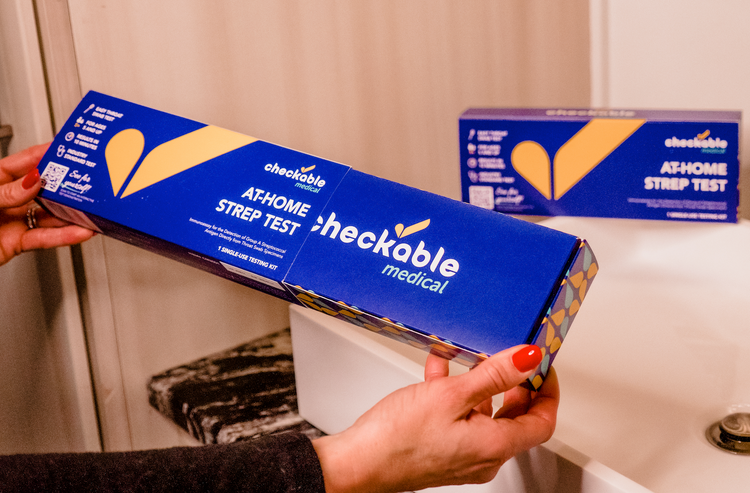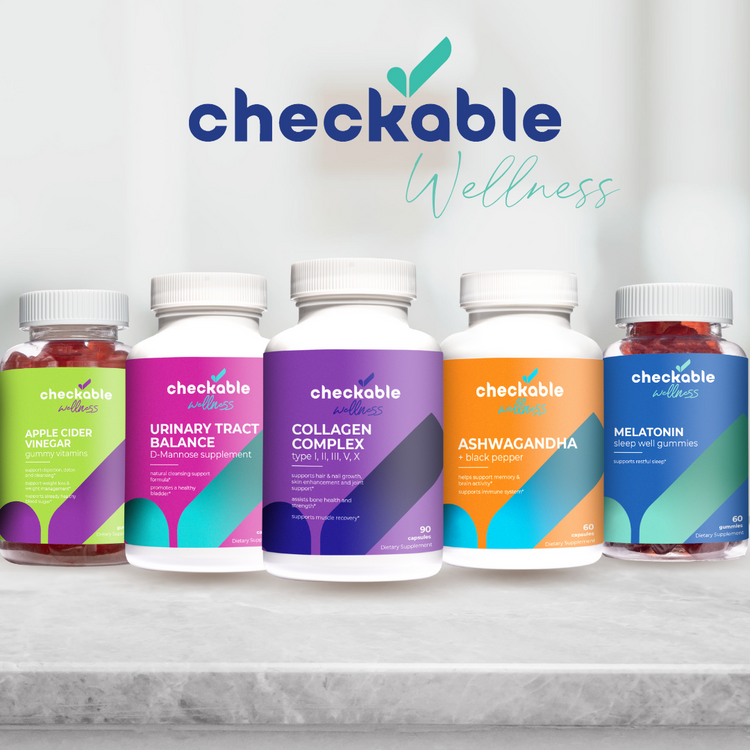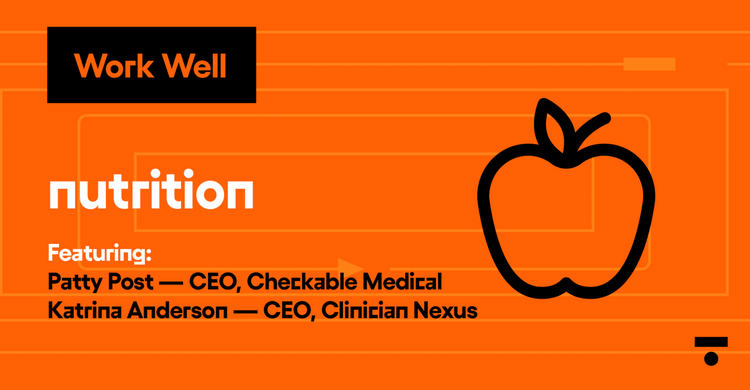
What's in Your Medicine Cabinet? Helpful Tips on How to Clean it Out & What to Stock
Checkable Health
It doesn't have to be spring to get a head start on your spring cleaning; now is the perfect time to stay indoors, turn on some tunes, and make some headway on cleaning out your medicine cabinet. Although cleaning out your medicine cabinet is probably on your to-do list, but it should be. Most likely, we are guilty of a cluttered medicine cabinet that grows exponentially each year.
Raise your hand if you keep old prescriptions on hand "just in case." We see you, but those medications probably expired and may cause more harm than you realize. From old prescription bottles, leftover medication that "might come in handy someday," and tubes of ointments or drops that you bought a decade ago, it's time to get rid of the old to make room for the new and dispose of any that are unwanted, unused, or expired. To help get you started, we created a few guidelines that make this task a bit easier.
5 Essential Tips for Properly Cleaning Out Your Medicine Cabinet:
- Check the Dates: Examine all medications, ointments, supplements, and vitamins in your medicine cabinet or wherever you keep your medicine. Set aside any medication that has expired and dispose of it properly. Expired medications could be ineffective or toxic, so look at the expiration dates. Another good rule of thumb is to use the one year rule: discard any prescription medications that are more than one year old, even if not technically expired. This is good for makeup too!
- Look For Any Discoloration or Odors: Direct sunlight can affect medications dramatically. If any medications have faded, changed color, or have an ill odor, it's time to toss.
- No Name? No Way! Properly dispose of unmarked prescription bottles, ointments, vitamins, and supplements. Always keep medications in their original containers so you can easily recognize every drug and see the date they were given.
- Move your Meds: If your medicine cabinet is near your shower, move it. Heat, light, and humidity can impact the quality of medications and cause decreased effectiveness. The best place to store medications is in a cool, dry cabinet away from heat, humidity, direct sunlight, and out of reach of children. A high kitchen cabinet is a great option!
- Properly Dispose of Collected Medication: Never just throw medications in the garbage; you never know who or what can get into them or what they can do to the environment. Ideally, prescription and non-prescription pills should be emptied into a single bag and brought to a safe disposal/drug take-back location – found at most police stations and pharmacies. But if that isn't an option, here are safe ways to dispose of medications properly:
- Place all medication in a sealable bag. If there are solid medications, add some water so they can dissolve.
- Add things like kitty litter, coffee grounds, sawdust, or any material that mixes well, masks odor, and make it unappealing for children or animals to eat.
- Seal the bag and put it in the trash
- Remove any identifying information on the prescription bottle (like the label), clean, and recycle.
- Creams and ointments generally can be thrown out in the trash; just make sure they are out of harm's way.
8 Must-Haves in Your Medicine Cabinet
Now that you have thrown out drugs and made some space, it's time to stock up on key items that will make your life easier in case of an illness or injury. According to 49 doctors, nurses, and pharmacists, every household should have the following:
- Pain reliever. Whether you have a headache, UTI, or a pulled muscle, non-prescription pain relievers can come in handy. The most common over-the-counter pain relievers include aspirin, ibuprofen (Advil), acetaminophen (Tylenol), and naproxen (Aleve). Take your pick, or have all. If there are small kids in the house, make sure you have this for infants and children as well.
- Cough and cold medicine. It's always a good idea to keep meds on hand for coughs and colds. For coughs, choose a capsule or syrup that includes an expectorant like guaifenesin and dextromethorphan to control cough. Pick whichever brand you prefer for colds or the flu; just make sure it has a decongestant to help battle common cold symptoms. It is also a smart idea to have both non-drowsy for the day and another for the night.
- Antihistamines. Antihistamines can be your best friend, whether you have seasonal allergies or pet allergies. There are various choices, including Claritin, Zyrtec, Benadryl, etc. It might be trial and error until you find the perfect one for you. Add a nose spray if stuffiness is a common issue.
- Digestive aids. You never know when or why you get digestive issues, so keep a variety on hand. The most common are Tums for mild heartburn, Zantac or Prevacid for long-acting relief, Pepto Bismol for an upset tummy, stool softener, and an anti-diarrheal. We also suggest adding supplements like ACV gummies.
- Vitamins. Stay healthy and keep your immunity up with daily multivitamins and health supplements. Always check with your healthcare provider to see what you may be deficient in. Here are some good supplement options from Checkable.
- Eye drops and eye wash. Whether you have itchy or redness or get something in your eye that needs to be washed out, always keep these in your cabinet for fast-acting relief.
- Bandaids. We all get boo-boos, not just kids. Keep a variety of sizes for small, medium, and large cuts or scrapes.
- Ointments and creams. For itching, burning, or skin irritation, there are several topical medications to keep on hand.
- Hydrocortisone is an absolute must for any medicine cabinet.
- Antibiotic ointment like Neosporin is used to help prevent infections from cuts and burns.
- Calamine lotion helps relieve itching and irritation from bug bites.
- Topical Benadryl cream also helps with itching and skin irritation.
First Aid Kit
First aid kits are a must for any household, especially if children are in the house. A well-stocked first aid kit is not only a handy thing to have, but it allows you to get treatment fast and be prepared for emergencies. You can also make a small travel first-aid kit, perfect for your car or when on vacation. Make sure everyone in the house knows exactly where the first aid kit is, and always keep it re-stocked! You also need to replace items annually if they expire.
First aid kits come in many shapes and sizes. You can purchase one from any pharmacy or curate your own. It can be in a cute bag with sections or just a standard box that says FIRST-AID. According to the Red Cross, all first aid kits should have the following items; of course, you can also add more based on your family's needs.
- Antibiotic ointment: Helps prevent minor skin infections caused by small cuts, scrapes, or burns. Keep at least five packets or a tube in the kit.
- Antiseptic: Hydrogen peroxide and rubbing alcohol are a must
- Anti-itch cream: Hydrocortisone or a Benadryl cream help with bites or any skin irritation
- Bandaids: Keep a mix of small and large, and preferably waterproof.
- Sterile gauze: Gauze is useful for protecting wounds that are too big or oddly shaped to cover with a standard bandage. It can be in a roll or individually sized.
- Hand sanitizer
- Tweezers and small scissors
- Adhesive cloth tape
- Pain relievers like aspirin or Tylenol
- Sterile gloves
- Sterile saline for irrigation
- Petroleum jelly
- Instant cold packs
- Antihistamine
- Eyewash solution
- Keep a list of emergency phone numbers, including contact information for your family health care provider and pediatrician, local emergency services, emergency road service providers, and local poison helpline.
These tips and guides will definitely come in handy for every household. Feel free to add your personal favorites, but this is a good start! And remember the one-year rule, if it's over a year old, toss it.
Life is too short to sit in a doctor’s office
Sign up for our weekly newsletter and get valuable healthcare tips and tricks in your inbox!
Sign up now and unsubscribe anytime.
- Choosing a selection results in a full page refresh.
- Press the space key then arrow keys to make a selection.



